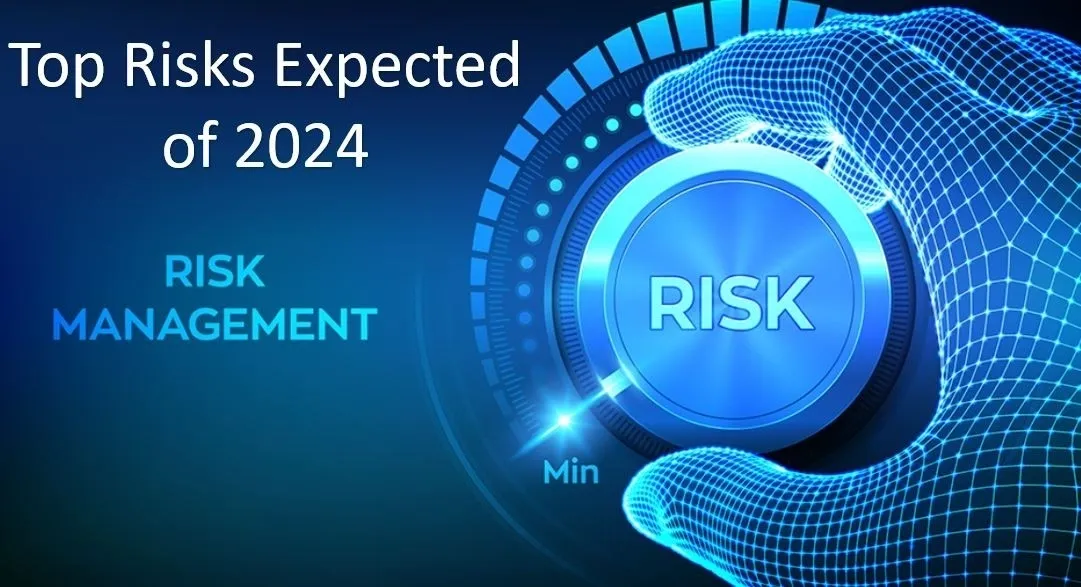
As per the World Economic Forum’s Global Risks Report 2024, here the top ten risk trends in 2024.
-
Extreme Weather (66%): Identified as the top risk trend in 2024, leaders highlight the environmental impact of extreme weather events. It is also ranked second overall in severity for the next two years, indicating global unpreparedness for potential consequences such as shocks to food systems and large-scale infrastructure damage.
-
Misinformation and Disinformation (53%): Recognized as the second-largest risk, misinformation poses threats to trust, political stability, and global elections. With advancements in AI-generated content, it tops the list in terms of risk severity, emphasizing the need for addressing the challenges associated with misinformation.
-
Societal Polarization (46%): Linked with the post-pandemic era, political divides have intensified, worsened by economic hardship. Societal polarization stands as the third-highest risk trend, reflecting concerns about social cohesion and economic opportunities
-
Cost-of-Living Crisis (42%): Ranked fourth in the risk trends, the cost-of-living crisis raises concerns about economic stability and affordability for individuals. This societal risk underscores the challenges associated with maintaining a reasonable standard of living.
-
Cyberattacks (39%): Positioned as the fifth risk trend, cyberattacks continue to be a significant technological concern. With the increasing reliance on digital infrastructure, the potential impact of cyber threats on various sectors remains a critical focus.
-
Economic Downturn (33%): The sixth-ranked risk trend, economic downturn, reflects concerns about global economic stability. As economies face challenges, this risk highlights potential repercussions for businesses, employment, and financial systems.
-
Disrupted Supply Chains for Critical Goods and Resources (25%): At the seventh position, disruptions in supply chains for critical goods and resources raise economic risks. This includes potential shortages and challenges in accessing essential resources for industries
-
Escalation or Outbreak of Interstate Armed Conflict(s) (25%): Geopolitically, the eighth risk trend is the escalation of armed conflicts, impacting global stability. Recent events in the Middle East contribute to concerns about the outbreak of wider conflicts and their economic implications.
-
Attacks on Critical Infrastructure (19%): Ranked ninth, the risk of attacks on critical infrastructure highlights vulnerabilities in essential systems. This technological risk underscores the importance of securing key infrastructure against potential threats.
-
Disrupted Supply Chains for Food (18%): Positioned at the tenth spot, disruptions in food supply chains present economic challenges. With implications for food security, this risk underscores the importance of resilient and secure food distribution systems.
In anticipation of future global risks, leaders project that environmental risks, including extreme weather events, critical changes to Earth systems, and biodiversity loss, will dominate the list by 2034. Additionally, technological risks such as misinformation, adverse outcomes of AI technologies, and cyber insecurity are expected to remain prominent. The broader structural forces influencing global risks include technological acceleration, climate change, shifts in geopolitical power, and demographic divides. The data is sourced from The World Economic Forum’s Global Risks Report 2024.







